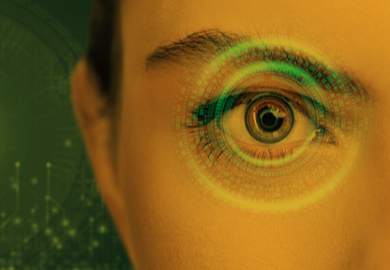This lecture overviews the relation between AI and book publishing. First, an in informative summary of “What is AI?” is presented, containing topics such as Symbolic AI, Data, Machine Learning (Clustering, Classification and Neural Networks). Topics that are related to book content creation, e.g., image processing, computer vision and natural language processing, are presented. Various Generative AI approaches,… Continue reading AI and Book Publishing
Archives: Resources
Resource description
AI in Medical Imaging
This lecture overviews the relation between AI and medical imaging and diagnosis. First, an in informative summary of “What is AI?” is presented, containing topics such as Symbolic AI, Data, Machine Learning (Clustering, Classification and Neural Networks). Topics that are related to book content creation, e.g., image processing, computer vision and natural language processing, are presented. The use… Continue reading AI in Medical Imaging
Interoperability with JSON-LD and NGSI-LD via Orion Context Broker
The short course aims to provide the foundation for understanding NGSI-LD Context Broker(s). The course will begin with a brief introduction to JSON-LD (JSON Linked Data) since it is the data format used by NGSI-LD. Next, there will be a brief mention of the history of NGSI-LD and who are the organizations that are currently… Continue reading Interoperability with JSON-LD and NGSI-LD via Orion Context Broker
Introduction to Apache Airflow: Workflow Automation with DAGs and Tasks
In today’s technological landscape, process automation has become a fundamental component for improving the efficiency and productivity of organizations. In this introductory conference on Apache Airflow, we will explore how to use DAGs (Directed Acyclic Graphs) together with tasks to orchestrate and automate workflows effectively. During the session, we will delve into the concept of… Continue reading Introduction to Apache Airflow: Workflow Automation with DAGs and Tasks
Introduction to Kubernetes
Lecture by Prof. Lorentzo Carnevale. Uploaded by Aristotle University of Thessaloniki. Link to video
Introduction to Containers with Docker
Lecture by Prof. Lorentzo Carnevale. Uploaded by Aristotle University of Thessaloniki. Link to video






